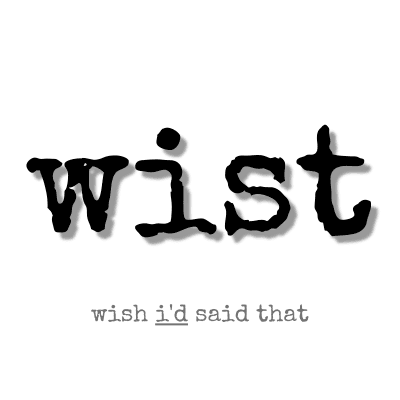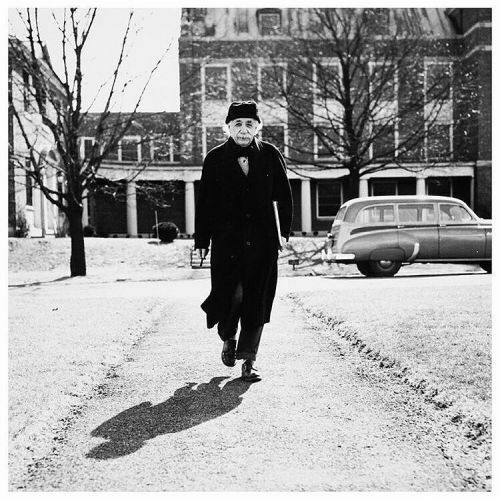A quotation from Hazlitt, William
It is erroneous to tie down individual genius to ideal models. Each person should do that, not which is best in itself, even supposing this coudl be known, but that which he can do best, which he will find out if left to himself. Spenser could not have written Paradise Lost, nor Milton the Faerie Queene. Those who aim at faultless regularity will only produce mediocrity, and no one ever approaches perfection except by stealth, and unknown to themselves.
William Hazlitt (1778-1830) English writer
“Thoughts on Taste”, Edinburgh Magazine (1819-07)
#quote #quotes #quotation #art #artist #author #genius #creativity #creator #excellence #experimentation #ideal #individuality #mediocrity #perfection #standards #style #writing
Sourcing / notes: https://wist.info/hazlitt-william/67115/


